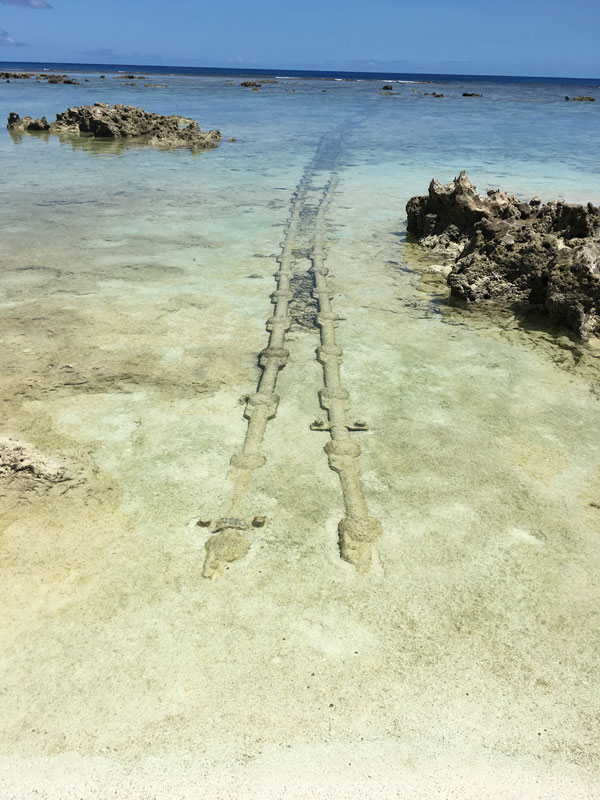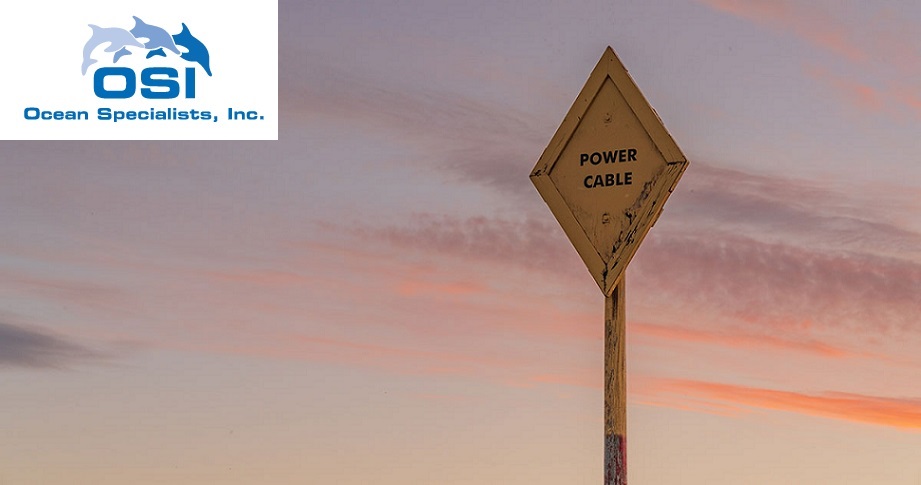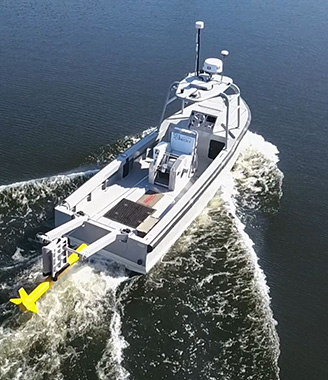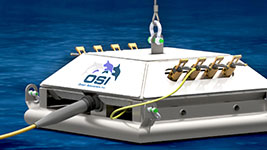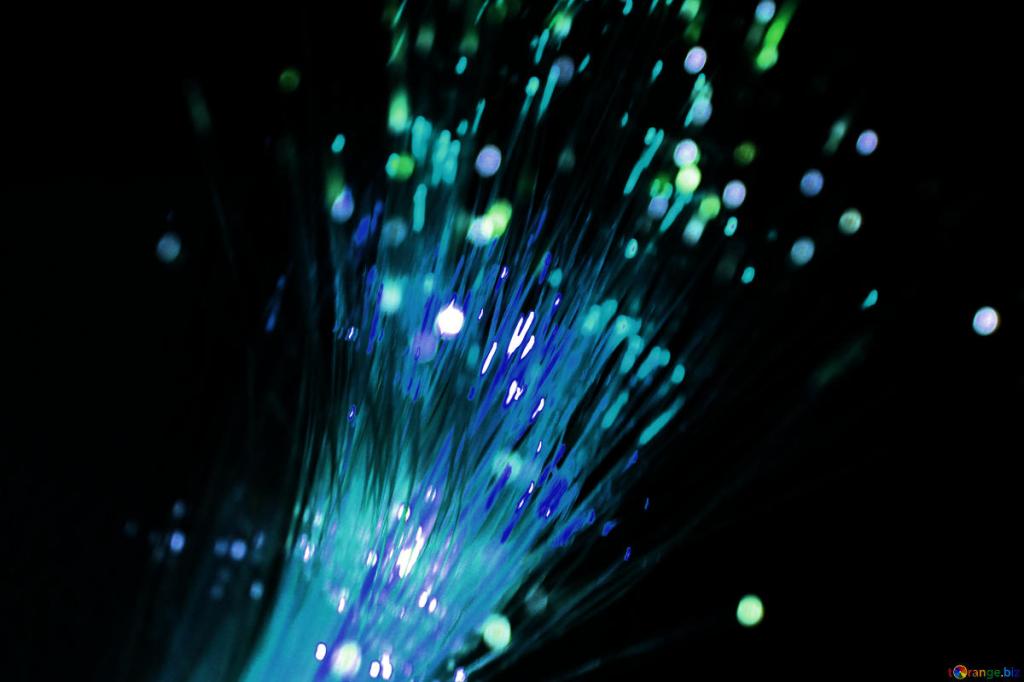If you are in the ocean industry, you could fall under a number of different categories, depending on how it is that you have found funding in your project. You could be funded by the government, on a research team in the oceans, you could be a non-profit environmental group, keeping an eye on local waters, you could be a private company trying to secure a telecommunications system with cables and wire in the undersea environment, or you could be interested in offshore drilling and oil. If you are an undersea fiber communication systems operator, you definitely have some experience and knowhow on your team. By backing up your team with a smart ocean engineering consultant, you can really make gains on your profit goals by employing your budget only on what you need.
Additional Read: Submarine Cable Maintenance System- How Underwater Cable Networks Receive Power?
The real trick when making a budget for your ocean exploration and telecommunications project is projecting your costs and finding a way to reach your goals for cheap. With offshore oil and gas telecommunications, the key is to be thorough and efficient in whatever project or mission you start in the undersea environment. If you can’t be sure of the security of your project, you are going to feel a lot more insecure about how you’re going to meet your profit goals in the jurisdiction of a foreign body of water. If you can do some forward planning and install your undersea cables in only one attempt, then you can save money and time for your team during their process of both installation and test and evaluation.
Undersea Fiber Communication Systems – A Tool for the Private and Public Markets
Every project in the ocean industry is going to be different depending on the needs and goals of the project, as well as the nature of those who are bankrolling the project. Offshore oil and gas telecommunications are one of those mixed categories: they serve the purpose of supporting projects to plumb natural resources from gas reservoirs, but they also can be used for everyone on the team. A private telecommunication system has the added benefit of being there later for if the team or the company needs to use it. And furthermore, when drilling at a particular location, you are going to need to have a tight set of communication between the team on the ground and the corporate planning teams that might be back on shore. Having that private communication network can be a level of security.
Undersea fiber communication systems themselves serve a very wide purpose in the scope of public telecommunications. Over 90% of the world’s international telecommunication occurs via undersea wires, which are laid at the bottom of the ocean. The ones laying these cables are in fact ocean engineering companies, or marine engineering consultants.
These are the private companies that can help on projects ranging from oil to research, with the expertise to know how to install as well as test and evaluate systems of fiber-optic telecommunication wires, lying for years at the bottoms of the seas. In order to get the most out of these expensive, high-tech wires, have a game plan for how you are going to use the benefits of that private communication system over the coming years of your business.
Read also: Get the Best Added Value and Quality on Submarine Cable Maintenance
